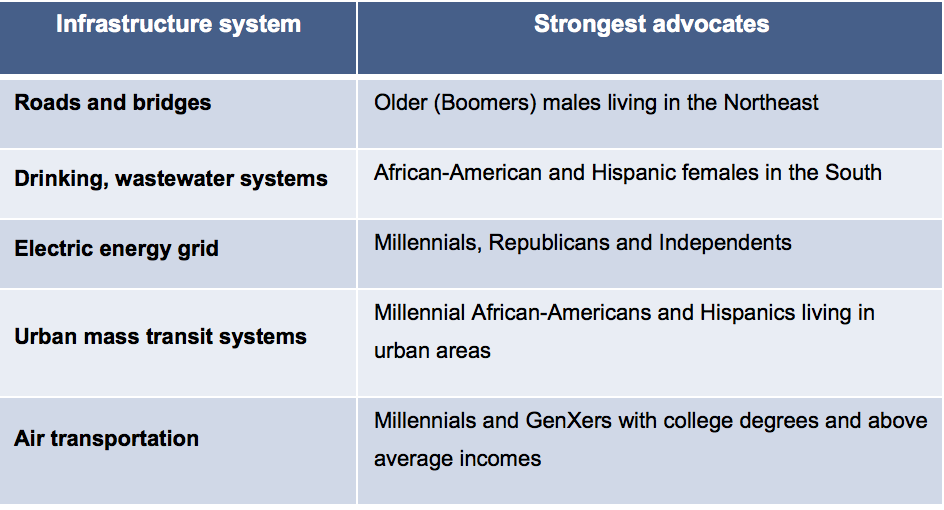

The two groups are almost exact opposites of each other: Labour has a 20 point lead among women aged 18-24, while the Conservatives have an 18 point lead among women over 55.Įthnicity is another indicator of potential voter behaviour, when in 2005 13 of the 15 ethnic minority MPs were members of the Labour party and c.70% of Asian voters and c.80% of black voters have historically supported the Labour party. In 2015, women were slightly more likely to vote Labour and less likely to vote UKIP. Most notably, younger women had the biggest swing to Labour of any group, while older women had a small swing back to the Conservatives. In the past political scientists identified a gender gap of women being more likely to vote Conservative, perhaps due to traditional female roles, however this appears to have closed. This model links social cleavages such as class, but also age, gender, race, religion etc. For example, the social structures model may identify how an individual is placed on the political spectrum, but the voting context model may help explain tactical or protest voting. the factors identified as important in one model, can also be emphasised in another model). Whilst they all have clear strengths, they are not mutually exclusive (i.e. Political scientists have suggested a plethora of ‘models’ that help to explain voting behaviour. They are also often called floating voters who do not vote consistently for a particular political party. The decisions of swing voters can therefore ‘swing’ an election one way or another. Swing votingĪ swing voter is identified as a voter who has no set allegiance to a political party and therefore their decisions are unpredictable. Protest voters tend to vote for third parties or extremist parties, for example the BNP. For example in 2005 many traditional Labour voters switched to vote Liberal Democrat in protest at Blair’s invasion of Iraq. This is when a small percentage of the electorate uses their vote as a protest. For example, Liberal Democrat voters may vote Labour in order to prevent the Conservatives from winning (if the voter voted Liberal Democrat, Labour would have less votes, and would therefore be less likely to beat the Conservatives). This is when a voter does not vote for the party they would like to win, but votes in such a way as to keep a party they dislike out of power. The ‘swing’ in by-elections is often impressive, however many seats ‘swing back’ in a general election when the election is held in a different context. This is partly due to a much higher likelihood of protest voting, but also due to the heightened media focus on a single election, as opposed to the national picture. One instance in which volatile voting behaviour is often seen is in by-elections.

Whereas is voting behaviour is deemed ‘volatile’ then short term factors and events must be important as they are less predictable. If voting behaviour is deemed ‘stable’ then the long-term factors that affect voting behaviour must be more important as they change slowly over time. This highlights the large number of voters who vote for different parties, and undecided voters who decide very late in an election campaign. Therefore short term factors such as recent events, issues, leaders are more important. The opposing approach is the recency model which suggests that voting behaviour is unpredictable and that partisan de-alignment have reduced peoples’ loyalty to a particular party. Therefore, although short term factors may influence people they are not important enough to counteract the social factors that shape a person’s political ideas. If one were to accept this model it would be clear that voting behaviour would be ‘stable’ as the above social factors change very slowly. The primacy approach or model highlights factors linked to social divisions such as: Long term factors can include social background, whereas short term factors can include which party leader they prefer at the time of the election. Both long term and short term factors affect voting behaviour. Political scientists and psychologists have attempted to explain patterns in voting behaviour by using different ‘models’, but most ‘models’ have similar elements – they simply emphasise a specific element. Voting behaviour is the study of how people vote and the reasons behind this.


 0 kommentar(er)
0 kommentar(er)
